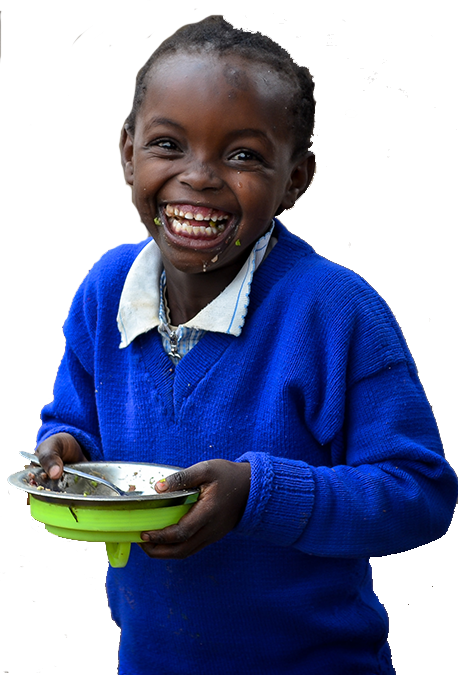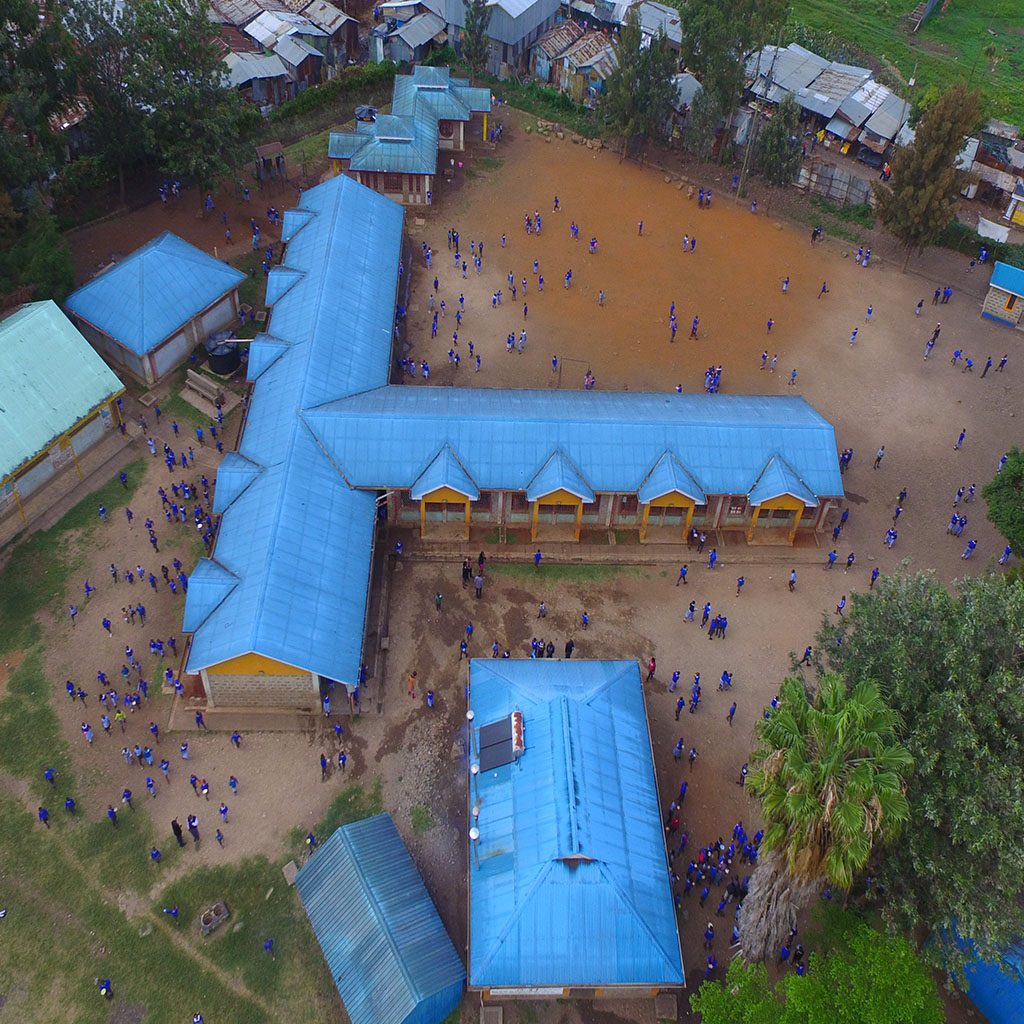

Awards
The community formed Gatoto in 1994 because they understood that their children would not receive education without their action. However, as could be expected, the lack of funds and experience meant that the academic and co-curricular standards were low. Today, the school has changed dramatically. We compete alongside well-funded private and public schools in many areas, from standardized test scores to sports competitions.
Academic Performance
With limited resources, we manages to score extremely well in standardized tests. In 1994, we were the last in Division in academic results. Today, the school is ranked in the top 10 of community schools in Nairobi by academic results. Furthermore, the amount of children sitting the Kenya Certificate Of Primary Education (KCPE) has steadily increased since the school began. In 2019, 128 students sat the KCPE. This compares with ~50 candidates each year in the last decade.
Additionally, we have made significant advances in the retention of students. Three significant reasons for the vast improvement in academic results are the food program, improvements in the qualifications of the teachers and donations of basic school text books


Gender Equality
In the developing world, women are often not given the same opportunities as men, both in education and the job market. This is not the case at Gatoto. Girls account for 50% of the students and they attend the same classes as the boys. Furthermore, girls generally hold a representative number of the top academic places in the school. They also participate in as many sporting and co-curricular activities as the boys.
Majority of the teachers are women. The Director has been the major reason for Gatoto’s survival and success, she provides a strong, positive female role model. Gatoto believes that gender equality in the school creates opportunities for women, as well as teaching children to treat everyone with respect, regardless of their gender.
Growth
In 1994, 5 untrained teachers taught 370 students in one four-roomed wooden building. The school was the last in the division academically and did not provide facilities for co-curricular activities.
With hard work and help from donors, the school has grown significantly. Over the years, multiple new classrooms, a library, kitchen, an office block and toilets have been built. The school now has 27 teachers and 14 support staff.
The quality of academic and co-curricular opportunities has increased. We have smaller class sizes with more-qualified teachers, as well as a number of choices of co-curricular activities, from sports to choir and drama.

